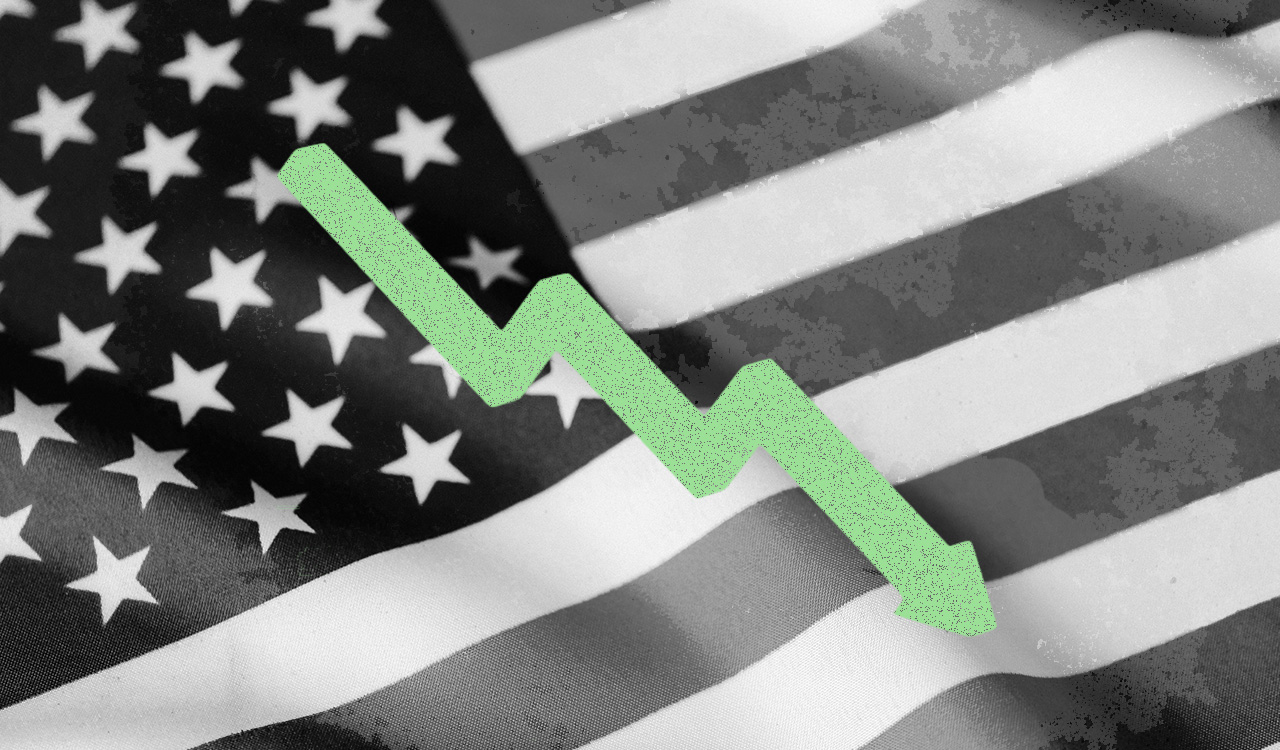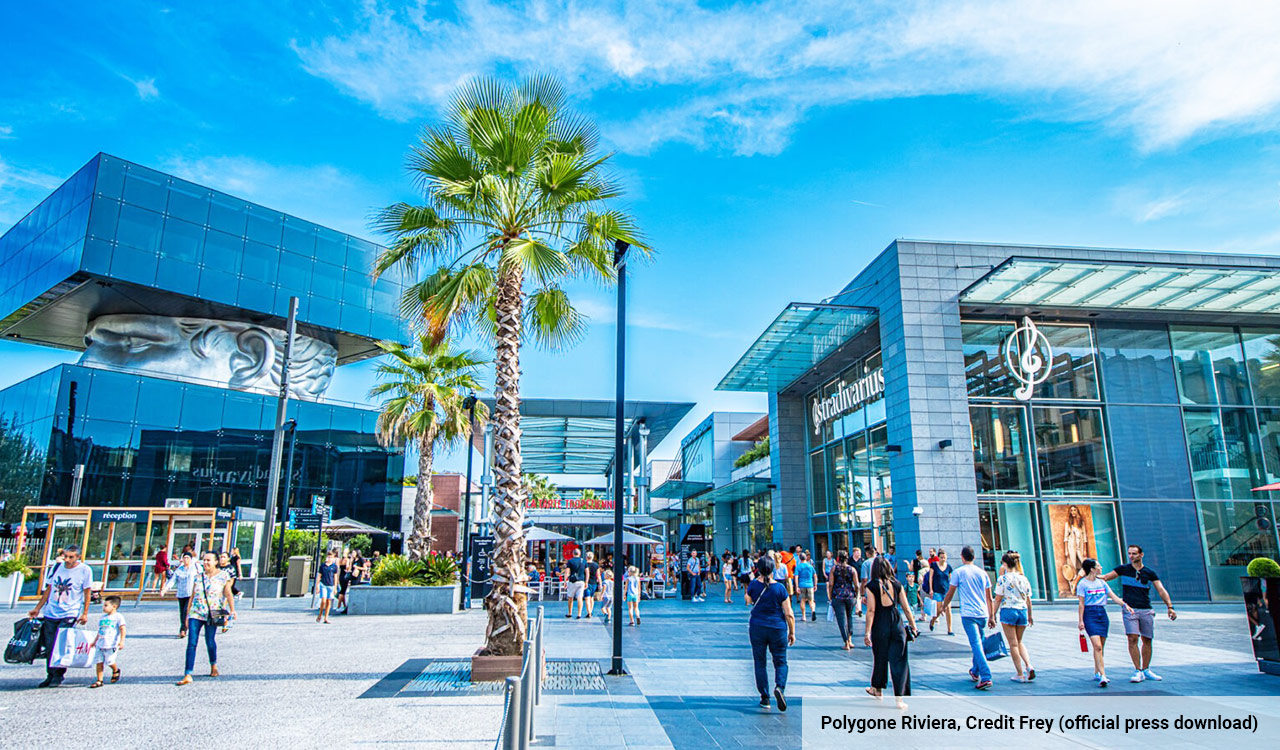I thought I was done with my recent assessment of Authentic Brands Group licensing model as well as their SPARC deal with Simon Properties. I have already commented on the idiocy of placing dying ABG brands into dying malls (Simon Properties) to try to prop up a dying JC Penney brand as the anchor in many of their shopping center locations. In fact, I summed up my predicted outcome: “Here is what failure looks like: Acquire a bunch of once-cool brands on the cheap, license third parties to run them, further license them out to a mall developer who then shovels them into hundreds of dying JC Penney stores that happen to be in dying malls.”
[callout]Easy, breezy for ABG: Identify iconic brands in decline. Buy them on the cheap. License them to retailers or manufacturers. And with little marketing oversight, pocket millions in licensing fees.[/callout]
Act II
Now ABG is shooting for an IPO (the initial offering is for $100 million), and I assume as quickly as possible before my SPARC prediction begins to unfold, which would rain on their going-public parade. In my opinion, ABG will pull it off in large part due to CEO Jamie Salter’s power as the brand’s spinmeister. The infusion of hundreds of millions of dollars thrown into a losing strategy will simply provide the capital to acquire more losing brands, expand into more product categories and increase its international footprint. So, why not? “Before the fat lady sings,” it will make Mr. Salter a very rich man. And as I have often said, it takes decades to sink multibillion-dollar businesses (read Sears, Gap, and many others). But at the end of the day, losers will lose.
The Spin
Talk about spin. In a letter to prospective investors, Salter described the business model: \”We are brand owners, curators and guardians. We don\’t manage stores, inventory, or supply chains. We don\’t manufacture anything. We are a licensing business and are purely focused on brand identity and marketing.\” And by the way, not only do the licensees carry the risk of sourcing the goods, buying, and owning the inventory, forming partnerships with retailers and wholesalers, and operating stores — in many cases, they are also responsible for liabilities, leases, inventory, markdowns, capital investments and logistics.
Easy, breezy for ABG, right? Identify iconic brands in decline. Buy them on the cheap. License them to retailers or manufacturers. And with little marketing oversight, pocket millions in licensing fees.
The Licensing Game
Of course, ABG is only one of many brand licensing businesses which have similar models. Sequential Brands and Iconix come to mind in the ABG space, and The Walt Disney Company ranks number-one, doing about $55 billion in revenues annually. IMG and other giants manage the licensing of brands across multiple product categories from sports to entertainment and celebrities. However, while their models are similar to ABG’s, most of them seek strong and growing brands, or once iconic brands that can be turned around (this type of licensee has deep knowledge of the consumer cohort needed to return the brand to glory and how to do it).
In my opinion, given ABG’s acquisitions and the aforementioned SPARC deal of aggregating losing brands (Nautica, Lucky Brand, Brooks Brothers, Forever 21, Eddie Bauer) and placing them in dying malls and into many of the weak JC Penney stores already inside many of those malls, it indicates to me that ABG has very little, or no knowledge of who the consumers are that need to be won back to return those brands to success — much less the expertise on how to do it.
That said, the numbers don’t lie. ABG was founded in 2010 with revenues of $1 million and grew to $489 million in 2020 with $225.3 million in net income. These numbers are generated from 30 brand acquisitions, spread across 700 operating partners globally in 136 countries (who do all the work and pay ABG a fee for the use of the brand name). The licensees when combined generated about $12 billion in gross merchandise value through the sale of its brands’ products in fiscal 2019.
The Risk
The biggest risk of ABG’s model is the lack of control over their brands’ design, quality, manufacturing, merchandising, marketing (of the third-party partner), inventory management, pricing, etc. Without control of the entire value chain’s operations, including its ultimate connection with consumers, ABG’s choice of licensees is critical, if not deadly.
Worse, if ABG has no deep understanding of who the new or potentially recaptured old consumers are, both of whom are vital to re-energize their brands, it’s impossible for ABG to identify and partner with licensees that can best connect with those consumers. And forget ABG’s ability to best position the product, its imagery and whatever it takes to turn consumers’ minds from brand stale to brand cool. The SPARC deal is a real time example of all these risks. Another potential liability for ABG is its debt. However, ABG shrugs off the two-term loans of $1.8 billion as simply necessary to fund their rapid expansion, adding it could even take on more debt.
Spin It Up
Salter also said ABG would be looking for acquisitions in other categories, mentioning consumer electronics and alcoholic beverages. He said, \”With our versatile model, the way we look at the world there is $13 trillion of branded commerce in our sights.\” As reported in Retail Dive, ABG’s royalty cut on new category sales at the high end would be a $650 billion opportunity. Who is kidding who with this number?
It Starts and Ends with the Consumer
In our oversaturated, consumer-facing industries with an overabundance of brands and more spewing out daily weaponized by technology, consumers have omnipotent power over all of commerce. And the main cohort of consumers today– Gen Z and millennials—are the dominant levers for which brands will be embraced and ignored. The next-gen has already voted against most of the brands in ABG’s stable. Otherwise, many of those brands would not have gone bankrupt. And ABG would not have been able to acquire them at fire sale prices.




